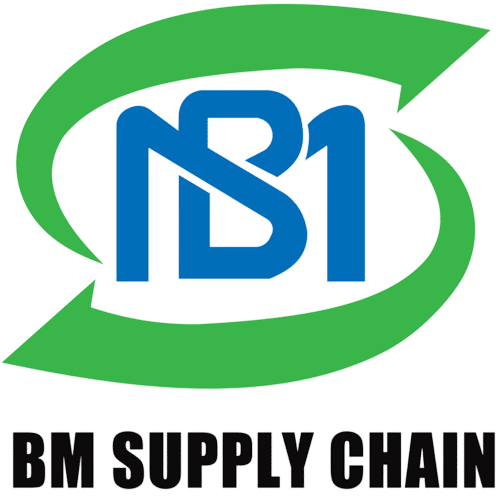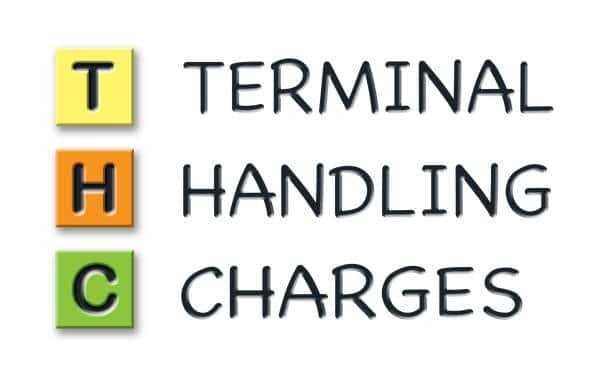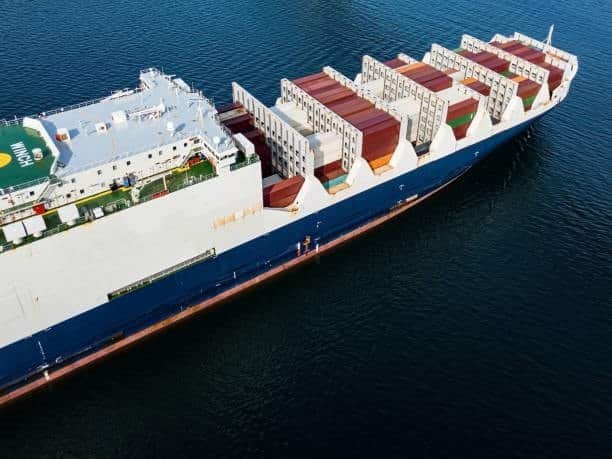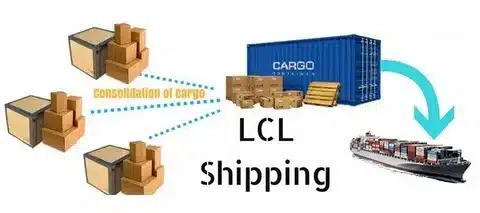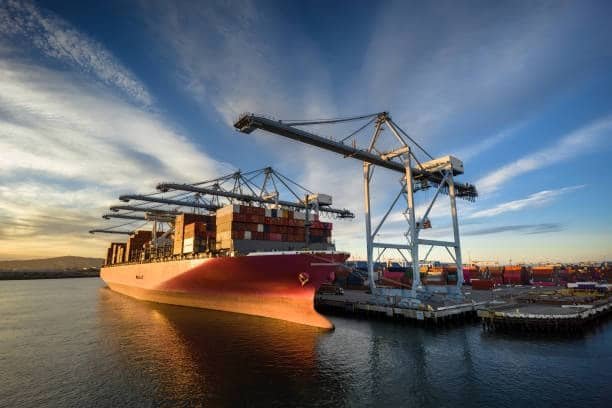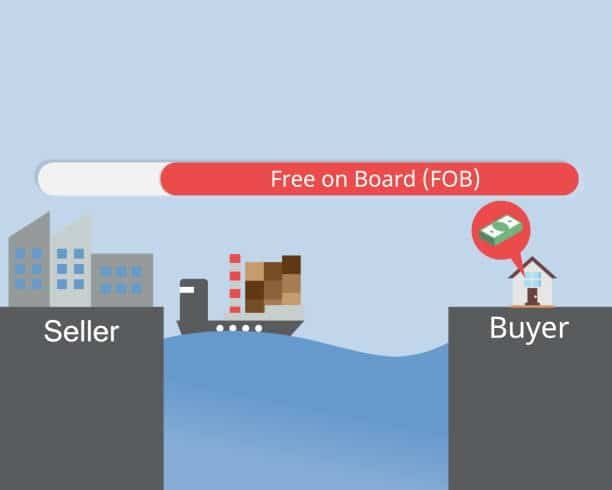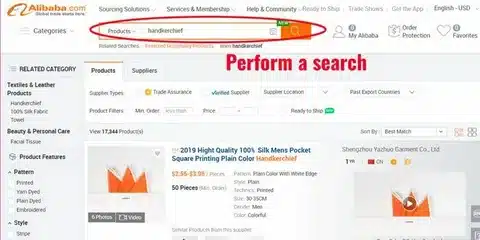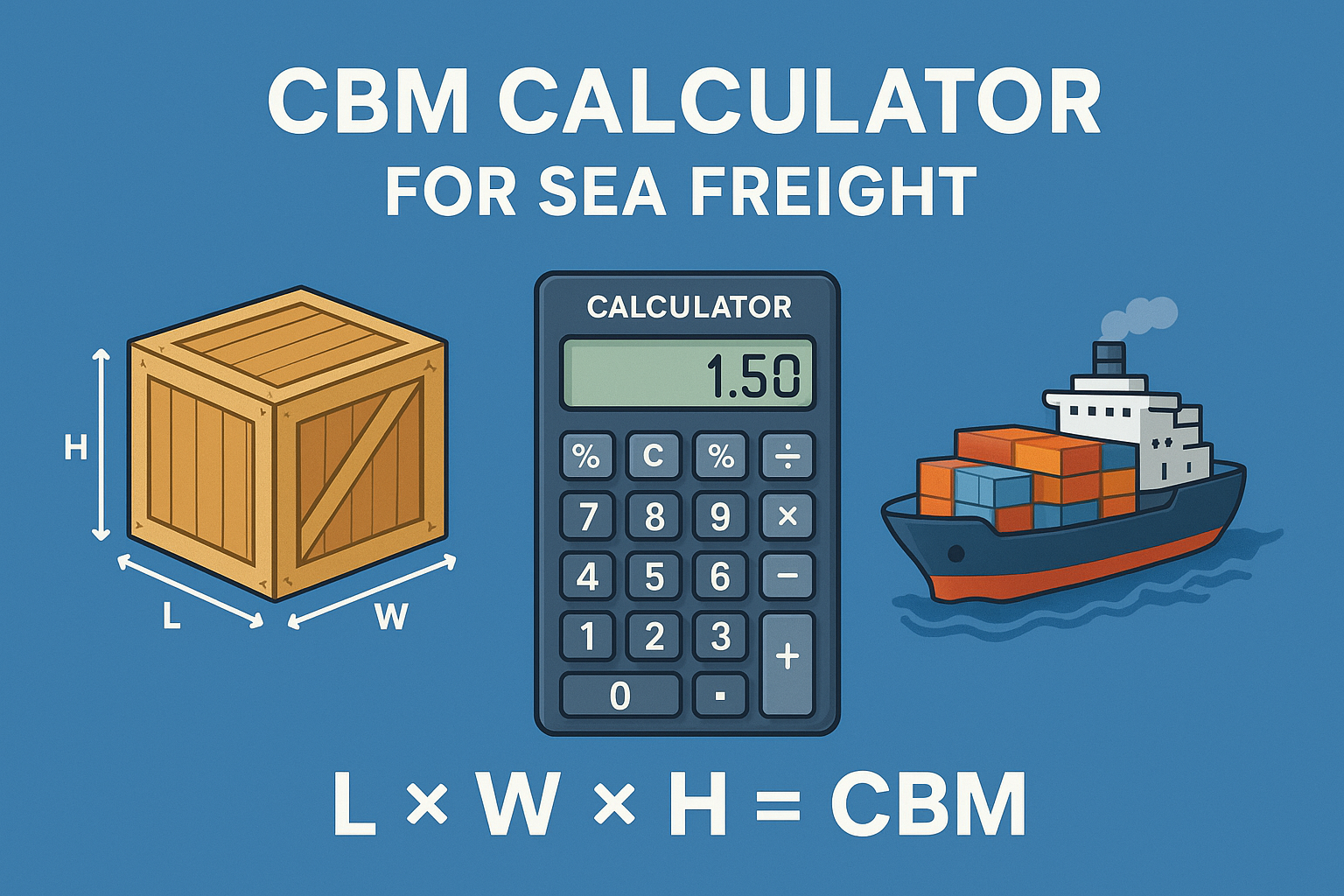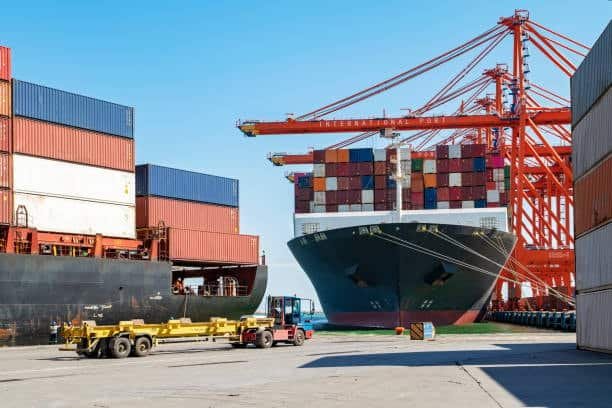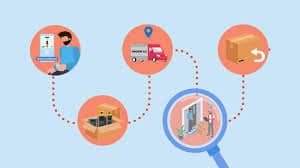THC Meaning in Shipping: Your Complete Guide to Terminal Handling Charges
Terminal Handling Charges (THC) in shipping refer to the fees imposed by ports or terminals for handling cargo during loading, unloading, and storage processes. These charges cover services such as container movement, crane operations, equipment use, and labor at the terminal. Since THC is usually separate from ocean freight rates, it often varies by port, terminal, and shipping line, and can significantly impact overall logistics costs. Understanding THC is crucial for importers and exporters, as it helps in budgeting accurately, avoiding hidden costs, and negotiating more effectively with freight forwarders. A clear grasp of THC ensures smoother cargo flow, better cost control, and improved transparency in international shipping operations.
